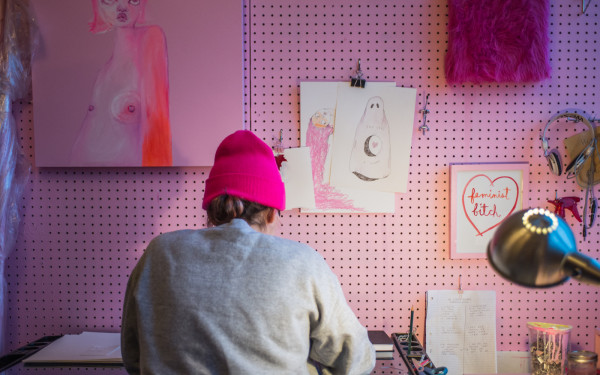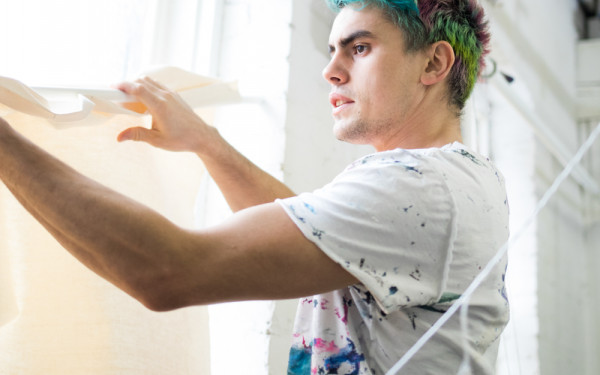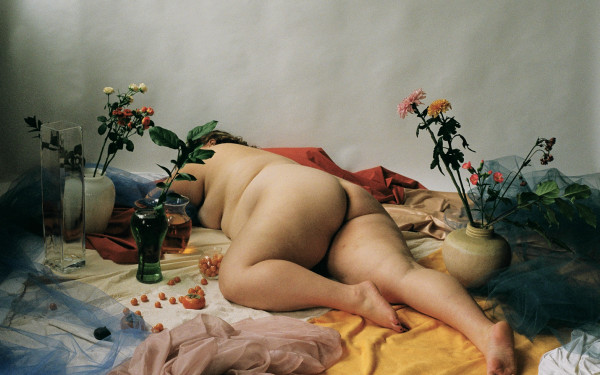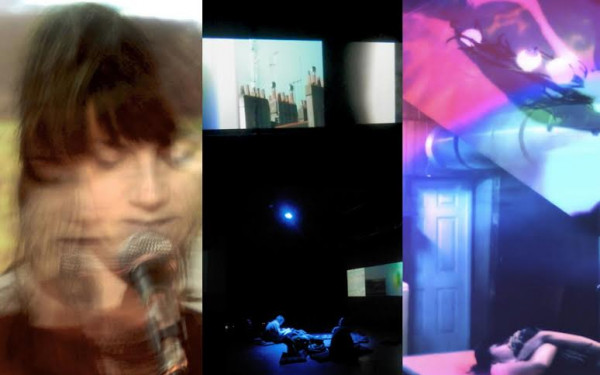The Artists of the Future Are Here and They’re Making Memes
Examining an Art Form That Combines Silliness, Seriousness, and Aesthetics: The Meme
It’s 2018 and everything is digital.
You might be reading this on your phone, laptop or tablet. You likely know what a meme is.
There is a new generation of artists, who mix social justice concepts with witty observations on day to day life, esoteric knowledge, and a visually pleasing aesthetic creating a whole new form of art: the meme.
What is considered art has radically shifted in the internet age, with the expansion of digital artwork as a genre.
Oftentimes digital art, sometimes referred to as computer art, crosses the boundaries of different mediums and disciplines. Picture a hand drawn graphic uploaded to a computer, altered in Photoshop, with a digitally created graphic superimposed over it.
The meme, as artistic form, is the intersection of modern art, digital art, and internet culture.
A 2009 academic article by Elizabeth L. Bolick titled, “Absurdism in Post-Modern Art: Examining the Interplay between ‘Waiting for Godot’ and ‘Extremely Loud and Incredibly Close’” argues that post-modern art, defined as the period after World War II, is “permeated by Absurdism,” which basically means the idea that life is irrational, illogical, silly, and nonsensical.
The concept of memes as an art form situates them within this artistic practice. Memes often point out the weirdness of everyday life and often have a nihilistic tone. Many memes feature dark humour relating to poor mental health, failed relationships, or the crushing weight of capitalism.
Bolick also notes that existentialist philosophy, popularized by writers like Albert Camus and Jean-Paul Sartre, had an effect on the development of Absurdist art.
The art world is still statistically male-dominated, meaning that women and femmes are often blocked by male artworld gatekeepers. In the United States and the United Kingdom, between 25 per cent and 30 per cent of artists represented by commercial galleries are women. The Metropolitan Museum of Art has never had a female director since opening in 1870.
According to the National Endowment for the Arts, full-time female artists make 81 cents to every dollar that a full-time male artist makes.
Anyone with an internet connection can put their work out there to be judged by the digital community. Arguably it makes a person’s ascent to fame as an artist democratic in a way that the celebrated artists who are carefully selected by a handful of critics, whose taste is deemed superior can not claim.
@GOLDNOSERING
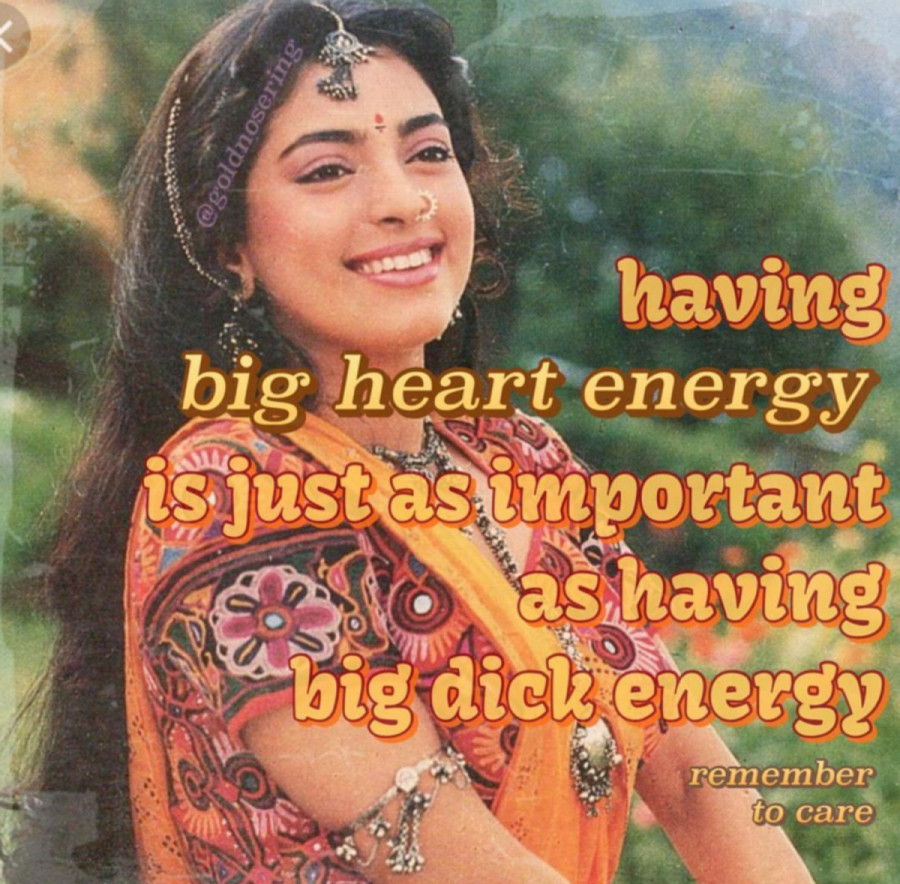
In contrast to some meme artists, @goldnosering is anonymous. Their creations feature social justice concepts and they often use images of vintage Bollywood starlets. Their feed is an acid trip bursting with bright colours and laughter.
“I think what I’m doing is that I’m taking social justice constructs and I’m bringing them to a meme atmosphere,” @goldnosering said. They began making memes in late 2016, eventually going on hiatus for a while before returning in the spring of 2018.
@goldnosering also uses their platform to talk about mental health and esoteric practices, or to ‘signal boost’ people from marginalized communities reaching out for help. goldnosering noted that information like astrology can be considered Indigenous knowledge.
“Instagram is a gallery. Instagram is a very interesting platform for sharing all types of ideas.”
They have seen an evolution in content from lattes to “Posting ugly selfies being like, ‘Lol my ex talked to me today.’”
They draw a comparison in the ‘is-the-meme an art form?’ debate between the debate as to whether or not a hotdog is a sandwich, which is ultimately something that comes down to the individual. “The definition of art is ever-changing,” said @goldnosering, who also observed that memes are a form of cultural commentary.
“I think it would be a great disservice to the creative process to limit creative freedom,” said @goldnosering.
They have participated in two meme art shows, the most recent being one held in Atlanta, Georgia in October. The show was a mix of of mediums including projected memes, old laptops and tablets painted as an art installation, and a four foot tall sculpture of Eminem.
While they acknowledged that to some, making comedic images on the internet isn’t talent, they pointed out that some very notable artists, such as Andy Warhol, employed comedic and absurd elements in their work, citing the example of Warhol’s 1964 Brillo Box (Soap Pads) exhibit.
“When people see my amount of followers they think I have power,” they said. @goldnosering observed that the internet can distort people’s view of this by equating number of followers with power in the physical world.
Their following has grown steadily to 22,000 and they described having that many strangers look up to them as a bizarre feeling.
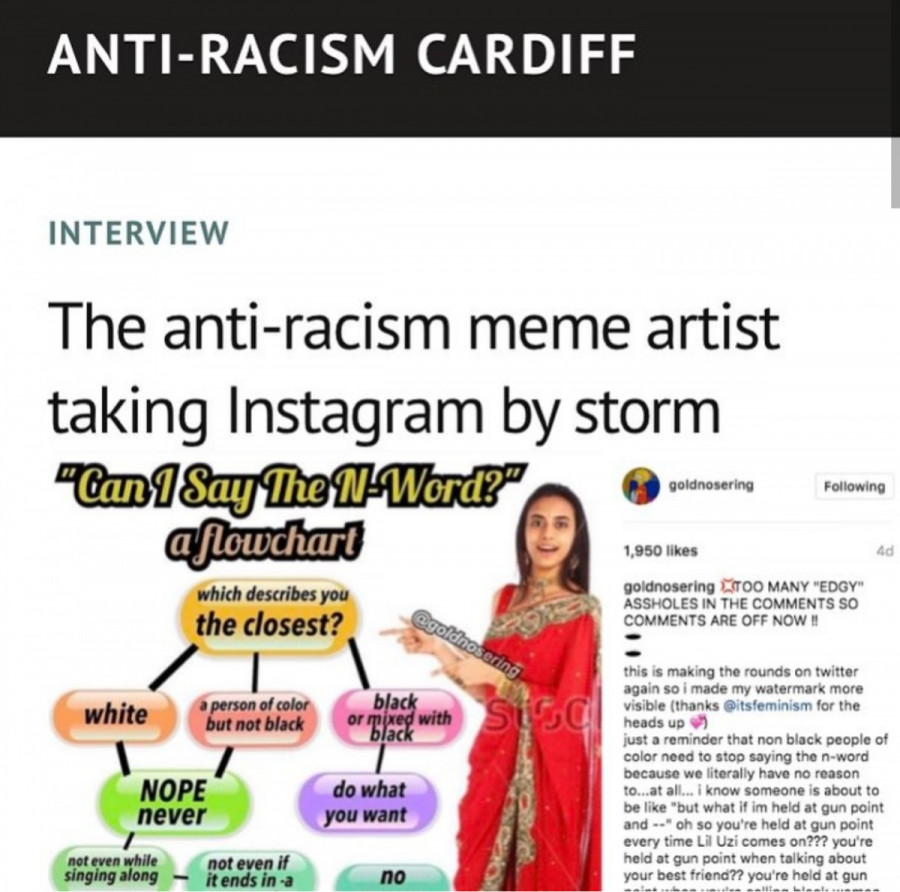
“I think it was Tina Belcher who said, ‘I’m no hero; I put my bra on one boob at a time like everyone else,’ and that’s exactly how I feel about it. The only thing I’m doing is providing entertainment, maybe self-reflection and I think that’s definitely a worthwhile thing for folks to be interested in but I don’t think it makes me a better person. I don’t think it should give me access to anything just because I have all these followers,” said @goldnosering.
One of their most reposted memes was a flow chart explaining who should be allowed to use the N word (hint, only Black people.) The meme also pictures a young South Asian woman pointing to the flow chart.
@goldnosering is of Pakistani descent and said in their experience, many South Asian people are not sensitive to anti-Blackness racism, and adding the young South Asian woman was an attempt at a subliminal message to their community. “If I don’t call out my people who will?”
They noted that some people shared their flowchart without crediting them but left the watermark. It isn’t ideal, but okay with them as they’d rather have the message out there than not at all.
But someone went further than just reposting their meme.
The meme was plagiarized. They never ended up figuring out who did it, though they did try.
Someone had taken it and made it into what they described as a, “cutesy, Pinterest, shabby chic” version of the original, removing the young woman. The colour scheme had been changed from bright to muted tones.
Everything except the young South Asian woman pointing to the chart was in same exact position as their original meme, “clunky lines” included.
“How did my meme just get gentrified?” they remembered thinking to themself.
While they have been able to create friendships with other meme artists, there are also some strange feelings that being prominent in the meme community bring up for them.
Sometimes they notice their real life friends re-posting memes on Twitter, by meme artists they know personally and think of as “terrible” because of their intimate involvement inside the meme community.
“But people like their content and I wouldn’t have known this information had I not been involved with memes, so it’s a pretty interesting place to be,” said @goldnosering.
Their choice to represent South Asian women and a vintage aesthetic was a conscious one.
“I think there’s something very poetic about old Bollywood beauties,” said @goldnosering.
“We’re just people and I think that’s the interesting question of this mass experiment we’re all in, exploring what it actually means, the idea that the line between just people and not just people is so thin it moves back and forth. We’ve never had this chance before.” — Aiden Arata
AIDEN ARATA
@aidenarata’s handle is her real name, Aiden Arata. “I think I’m the only one,” she said laughing.
Arata’s memes have a distinctly feminist tone but she also shares her everyday experiences with humour. Picture your friend’s effortlessly cool older sister who also manages to come across as sweet, likeable, and self aware.
Arata has been making memes for approximately a year now. She began using her personal Instagram to create meme art, out of the desire to do something pleasurable for herself during a low period.
Arata studied poetry while she was in university and found the creation of memes and using social media complementary to that experience.
There she learned poetry is a niche form of art, and not to worry about being unmarketable, or selling her poems to mainstream media.
Plus, memes involve writing, which is what she wants to do for the rest of her life. She currently works as a television production assistant.
Arata didn’t know much about Photoshop before starting to make memes and what quickly became proficiency is completely self-taught. Her following has grown to almost 9,000 in a short time.
“Oftentimes the strongest voices that emerge in the internet world are weird, women, non-binary, people of colour. These conversations are happening on the sidelines of white, cis, masculine experience and their narratives of, ‘this is what life is,’” said Arata.
She observed that oftentimes people who are not white men grow up reading books written by white men that position themselves as the default by saying, “‘No this is just like a book about life and you will relate to it because this is what experience is like.’ To sort of have all of these other forms of communication and these other ways of speaking that don’t depend on that and that are like, this is valid too and that don’t need to be mainstreamed in the same way to be legitimate.”
“Using the internet as an artist does create a completely free space where you can post what you want without worrying about getting it into a gallery and putting it into a system of commodification,” she continued.
This is in contrast to her creative writing projects that can take months to work on, submit, and hear something back about (or not). The internet in contrast, provides instant feedback.
She noted that there are certain downsides that come with using the internet for artists, like having their work stolen or appropriated without permission.
Arata views the connection between the acceptance of spirituality and esoteric practices in the feminist corner of Instagram as natural.
She sees a similarity between esoteric information and that of the internet as both are coded and steeped in symbolic language.
She agreed with the statement that memes are an act of normalizing everyday life.

“I love that phrase ‘normalizing life.’ What an interesting phrase because obviously we’re all living in it,” said Arata.
She often posts about her personal experiences, everyday life and sometimes posts selfies, allowing the internet to see what she looks like. Visibility is one of the boundaries that the Instagram artist blurs, in comparison to previous generations of creators.
Arata has been grappling with the after effects of alleged non-consensual sexual encounters she had with a man who is prominent in the meme community.
“I’m a human being who is dealing with the repercussions of having someone violate your consent,” Arata said.
The name of her alleged abuser is Alan Wagner and he posts under the Instagram handle of @truewagner. His following is close to 61,000, situating him in a position of prominence within the leftist corner of the meme community.
He has not responded to The Link’s requests for comment across multiple platforms as of Oct. 29, 2018.
“I feel like it’s unethical for me to not say something if this is someone who harms women’s bodies in a very physical present way. It’s not just a question of appropriation or a post he shouldn’t have made. This is a physical prediction and I’m figuring out what my responsibility is to say something versus will there be backlash,” said Arata.
She feels a sense of personal responsibility towards her followers, as well as the values the feminist corner of Instagram has carved out.
“I can’t just not say anything because this is what this community is about like the whole reason that we’re allowed to post silly astrology memes and talk about our experiences is because this is understood to be a safe space and if we’re not upholding that who is?” explained Arata.
Arata ended up going through with the decision to post about her experiences with Wagner, using her Instagram story to do so. An alleged number of other women privately messaged her sharing that they had experienced similar occurrences with Wagner.
“I think that ethically for me the right thing was [and] is to talk about this—about [Wagner] specifically and also about how this sort of manipulation and abuse works more generally—but it’s definitely not fun,” she said.
Since posting about the traumatic experiences she allegedly endured with Wagner on her Instagram story, she has experienced people leaving messages in her DMs saying she just wants attention.
Arata noted that ultimately the people behind these famous meme accounts are just that, fallible people.
“We’re just people and I think that’s the interesting question of this mass experiment we’re all in, exploring what it actually means, the idea that the line between just people and not just people is so thin it moves back and forth,” explained Arata. “We’ve never had this chance before.”
“So much of internet humour is observational, so it’s kind of interesting to see this mass cultural shift towards being OK or being obsessed with seeing how other people process the world.
The internet has normalized the desire to get into people’s heads.”

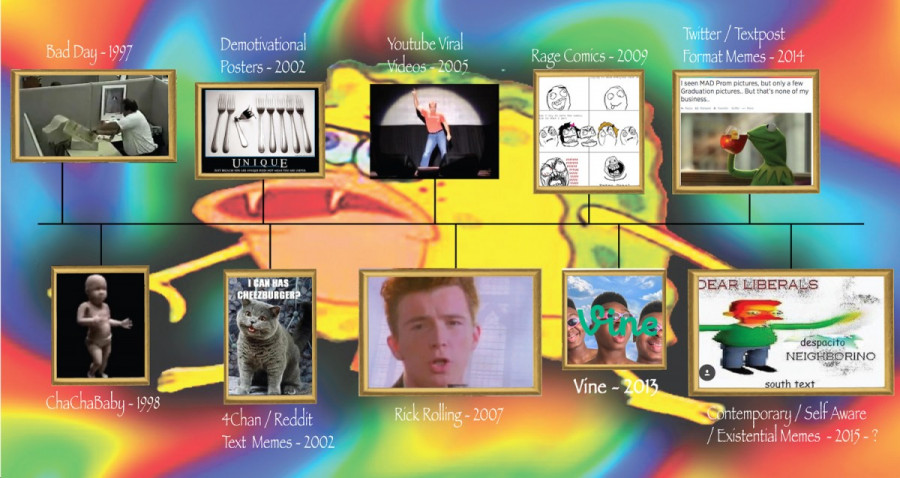
_600_832_s.png)

